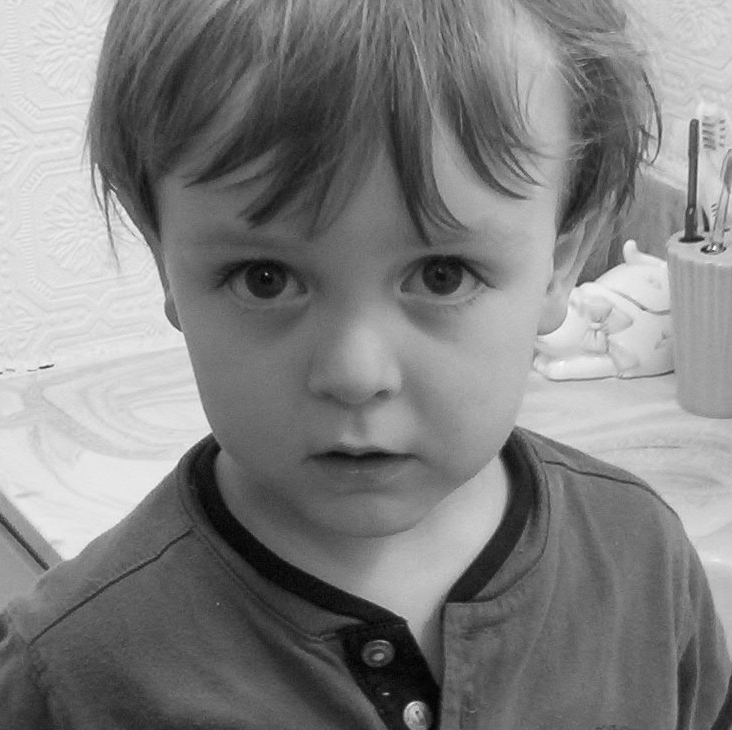emotikanji
I'd like to open up these questions to a worldwide audience who might have the answers. I became genuinely curious when one of my students showed me a huge alphabet of maybe a couple hundred Japanese emoticons that were easily loaded right onto his phone. An entire novel, Emoji Dick, was written in emojis, and people are presumably stringing together whole sentences with emojis and actually reading them. So here are my questions:1. Is this just a fad? In other words, will people stop actually making entire sentences with them (or rather, fade back into doing what's easier), or will people move into these emojis as a new language, work it out, and start fresh with a new batch of symbols, that they presumably agree upon?
2. My friends say that emoticons are very common here, at the rate of maybe one per text, especially to prevent having texts seen as sarcastic, and to add or express emotion that would otherwise be hard to discern in a text. But by and large Americans don't seem to be using five, ten, fifteen of them in a row as say Japanese do. OK, so what's the difference really? Is everyone worldwide using them by the bucketful and I just don't know it? Are there common meanings across cultures (aside from smiley face and frowney face, which I presume have about the same meanings everywhere)? Is there something about the Japanese language or culture that encourages more use of emoticons, or, is just more taken by fads?
3. Finally, what are the chances that, worldwide, people could come up with an emoticon language that everyone would understand and be able to use? Interesting idea, huh?
Labels: chat, emojis, twitter, writing, writingmatrix























































0 Comments:
Post a Comment
<< Home